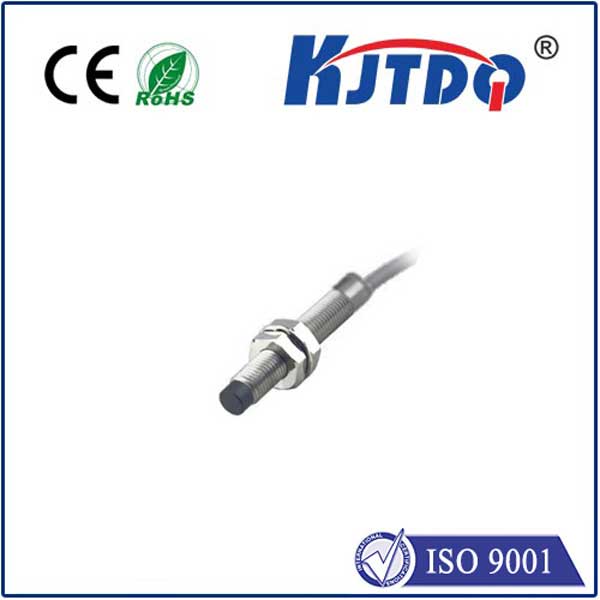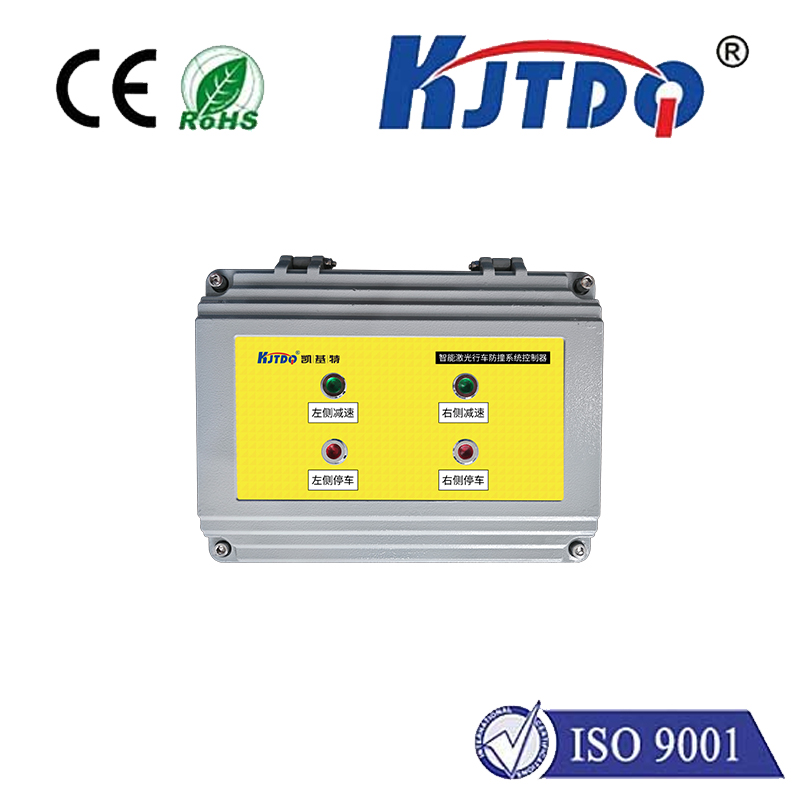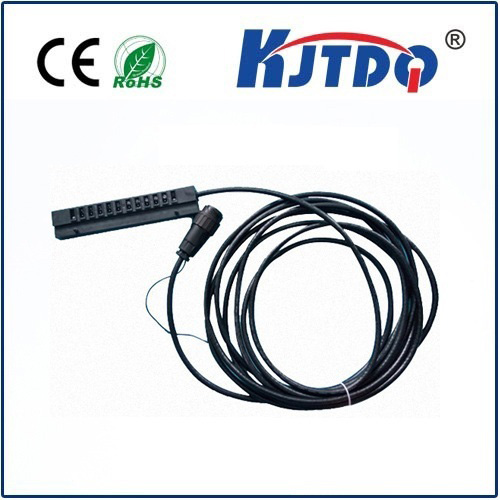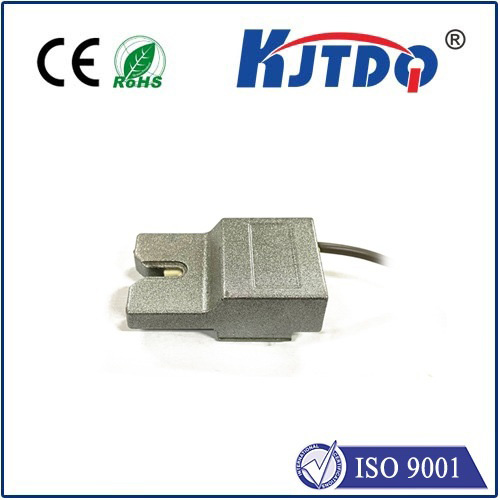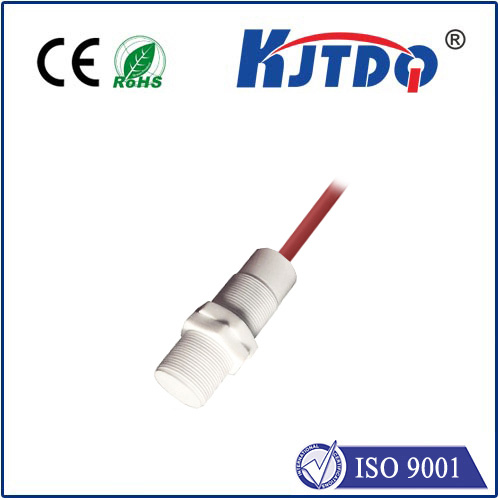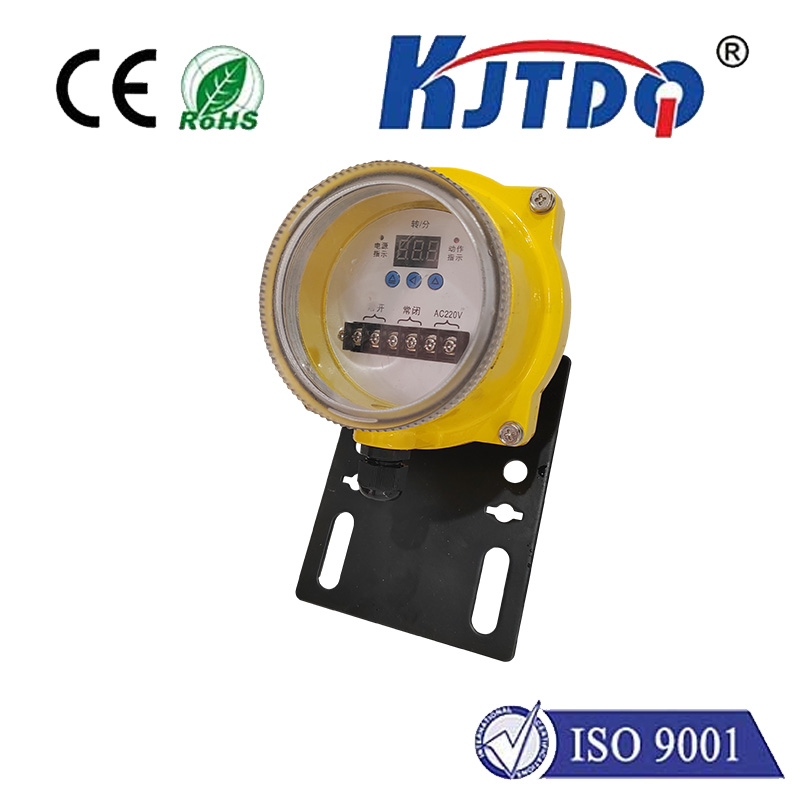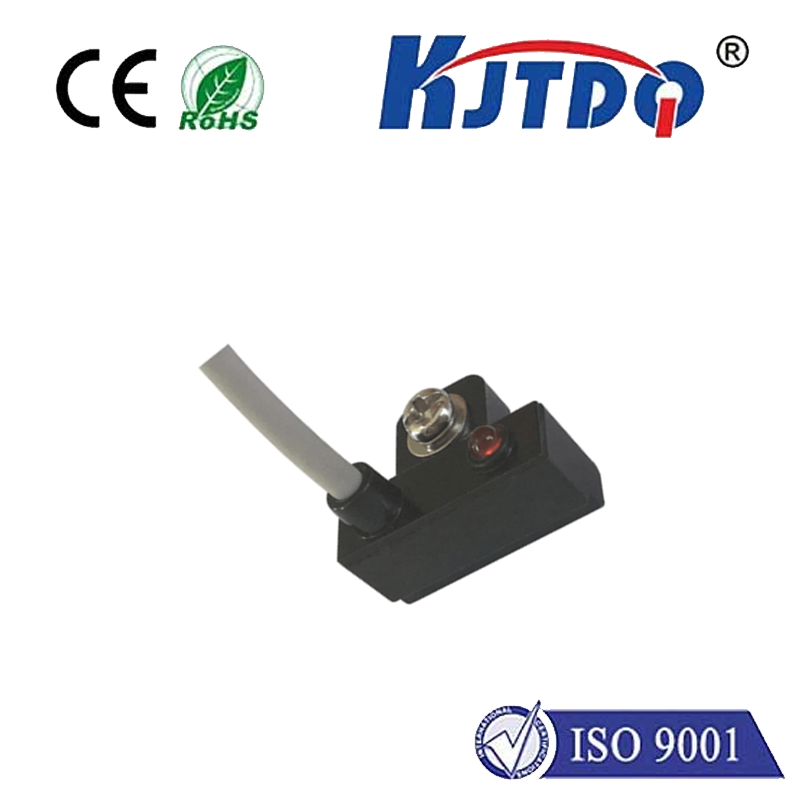
check

check

check

check
Title: Understanding the Importance of Manual Limit Switches in Industrial Applications
In today's industrial environment, machinery and systems are becoming increasingly complex. With advancements in technology, automation has become more prevalent than ever before. However, even with these developments, manual limit switches continue to play a crucial role in ensuring efficient and safe operations. In this article, we will delve into the significance of manual limit switches and their applications across various sectors.
Manual Limit Switches: An Overview
A manual limit switch is a device used to control the motion of machinery by detecting physical contact or proximity. These switches are manually activated by an operator or automatically triggered when a machine component reaches a specific position. They are designed to provide precise control over machinery movements, making them essential components in industrial settings.
Importance in Machinery Control

Manual limit switches serve as safeguards for machinery, preventing damage caused by overtravel or collisions. By defining the limits of machine movement, they ensure that equipment operates within its intended range. This not only extends the lifespan of machinery but also reduces maintenance costs associated with repairs and replacements due to mechanical failures.
Enhancing Safety in Industrial Settings
Safety is paramount in any industrial setting, and manual limit switches contribute significantly to maintaining a secure work environment. They help prevent accidents by halting machinery operation when it approaches potentially hazardous positions. In situations where operators may be working in close proximity to moving parts, manual limit switches act as an additional layer of protection, minimizing the risk of injury or fatality.
Applications Across Industries
The utility of manual limit switches extends beyond a single industry; they are employed in various sectors ranging from manufacturing to construction and transportation. For instance, in conveyor belt systems, manual limit switches can stop the belt at designated locations to facilitate loading or unloading processes safely. Similarly, in elevator systems, these switches ensure that the car stops accurately at each floor level, enhancing passenger safety.
Integration with Automated Systems
Although automation has taken center stage in many industries, manual limit switches remain vital for integrating human input into automated processes. They allow operators to intervene manually if necessary, adding flexibility to otherwise fully automated systems. This capability is particularly useful during setup, maintenance, or troubleshooting phases where direct human intervention might be required.
Conclusion
Manual limit switches represent a simple yet effective solution for managing and controlling industrial machinery. Their ability to define operational boundaries, enhance safety measures, and integrate seamlessly with automated systems underscores their enduring relevance despite technological advancements. As industries continue to evolve, the importance of manual limit switches will likely persist due to their reliability, precision, and adaptability in diverse applications.
